This is a digital era (you already know that) and simply having a website isn't enough for B2B organisations to thrive. Digital transformation is more than just an online presence; it's about revolutionising how you attract, engage, and sell to customers. While the journey can seem daunting, addressing the right questions can make it manageable.
We've compiled 10 essential questions related to b2b ecommerce digital strategy and answers to help you navigate your B2B ecommerce and digital transformation journey. Drawing from our experience with leading B2B brands, we've seen diverse and successful marketing strategies—from lead generation and martech to brand development and b2b eCommerce trends.
Let’s get started!
1. How Can We Optimise Our Retail Commerce Platform for B2B Sales?
Answer: When it comes to boosting B2B sales through your eCommerce platform, there are a few key things to keep in mind—strategic and technical tweaks that can really make a difference in how smoothly things run and how satisfied your customers are.
- Customisation and personalisation are crucial in meeting the sophisticated demands of B2B customers. Implementing customer-specific pricing through dynamic pricing engines allows for adjustments based on segments, volume discounts, and contract terms. Offering personalised catalogues, powered by data analytics, ensures customers see products relevant to their purchasing history and specific needs, fostering higher engagement and conversion rates.
- Integration with ERP & CRM systems is vital for maintaining data consistency and ensuring real-time information flow, enhancing operational efficiency and customer satisfaction. By choosing an eCommerce platform that integrates seamlessly with your existing ERP and CMS systems, you can synchronise product data, inventory levels, and order details, which helps in accurately managing stock and efficiently fulfilling orders.
- An advanced search and navigation system is essential for improving user experience and facilitating product discovery. Implementing faceted search allows users to filter products by various attributes such as category, brand, price range, and specifications. Furthermore, predictive search, leveraging AI for auto-suggestions and autocomplete, enables customers to find products quickly and accurately, increasing the likelihood of purchase.
| 41% of B2B businesses conduct their marketing activities in-house. |
- Efficient order management streamlines operations and improves order fulfilment accuracy, leading to higher customer satisfaction. Automated workflows can handle order processing, including approval workflows and invoicing, reducing manual effort and speeding up order handling. Integrating your inventory management system provides real-time visibility into stock levels, helping manage customer expectations and avoid stockouts.
- Providing customer self-service capabilities empowers clients to manage their accounts and orders independently, reducing the burden on customer service teams. Features such as viewing order history, tracking shipments, and accessing invoices through a self-service portal enhance customer satisfaction by providing quick and easy access to essential information. Implementing quick reordering based on past purchases simplifies the process for repeat orders, making it more efficient for customers.
- Finally, leveraging analytics and reporting tools is essential for gaining insights into customer behaviour and business performance. In the next section, we will discuss this point in detail.
2. What Role Does Data Analytics Play in Your B2B Digital Strategy?
Answer: Data analytics allows you to dive deep into customer behaviour, preferences, and purchase history. By leveraging this information, you can tailor your marketing efforts and product recommendations to meet the unique needs of each client. This level of personalisation not only improves customer satisfaction but also boosts conversion rates.
It helps streamline your processes by providing real-time insights into inventory levels, order processing times, and supply chain logistics. This means less waste, reduced costs, and faster delivery times, all of which contribute to a better customer experience.
By monitoring customer interactions and feedback across various touchpoints, you can identify pain points and areas for improvement. Whether it’s refining your website’s UI or offering better support services, data analytics provides the insights needed to enhance every aspect of the b2b ecommerce customer journey. Keeping existing customers happy is just as important as acquiring new ones, and data analytics helps you do both.
Measuring success and ROI is straightforward with data analytics; you can track key performance indicators (KPIs) such as customer acquisition costs, lifetime value, and conversion rates. This not only helps measure the success of your digital strategies but also provides insights into areas for improvement.
By constantly analysing and adjusting your digital strategy based on data, you ensure that your B2B digital transformation vision is always aligned with your business mission.

3. How Can We Leverage AI and Automation in B2B eCommerce?
Integrating AI and automation in B2B eCommerce can transform your operations and customer interactions in impactful ways:
- For personalised recommendations, AI can tailor product suggestions based on customer data. For instance, companies like Grainger use AI to analyse purchase history and browsing behaviour, offering tailored product recommendations that boost sales and enhance customer satisfaction.
- Dynamic pricing is another area where AI excels. Businesses like Staples utilise AI algorithms to adjust prices in real time based on market conditions, competitor pricing, and inventory levels, ensuring they remain competitive while optimising revenue.
- In inventory management, automation helps streamline stock control. Take, for example, Cisco’s use of AI to predict inventory needs and manage stock levels efficiently. This minimises overstock and stockouts, leading to cost savings and improved order fulfilment.
- Customer service automation is also a game-changer. AI-powered chatbots, used by companies like Alibaba, provide instant support for common inquiries and order issues, reducing the workload on human staff and speeding up response times.
- AI assists in product tagging and categorisation. For example, Amazon Business uses machine learning to automatically tag and categorise products based on their attributes, making it easier for buyers to find relevant items and enhancing the overall shopping experience.
| B2B organisations allocate 9.7% of their total budget to marketing. |
| Related Read: Why Retail Needs Automation? |
4. What Strategies Should We Use for Omnichannel B2B Commerce?
Omnichannel B2B strategies are increasingly vital as customers now engage with businesses through multiple channels. This multi-touchpoint approach not only enhances customer experience but also significantly increases the likelihood of conversion.
By integrating online platforms, mobile apps, and in-person interactions, businesses can offer a seamless and consistent journey across all channels.
- Consistent Branding: It’s crucial to maintain a uniform brand experience across all channels, whether customers are interacting with your website, mobile app, or physical stores. This consistency helps in building trust and recognition, ensuring that customers have a coherent experience no matter how they engage with your brand.
- Unified Customer Data: Integrating data from all touchpoints creates a comprehensive 360-degree view of each customer. This allows for highly personalised interactions, as you can leverage insights from their behaviour, preferences, and past interactions to tailor your communications and offers.
- Flexible Fulfilment Options: Offering a range of delivery and pickup options caters to the diverse needs of your customers. Whether they prefer home delivery, click-and-collect, or in-store pickup, providing flexible fulfilment options enhances convenience and satisfaction.
- Channel-Specific Strategies: Each channel has its own strengths and audience. Tailoring your marketing and sales strategies to leverage these unique attributes ensures that you maximise the effectiveness of each channel. For instance, you might use social media for brand awareness and email campaigns for targeted promotions, adapting your approach to the specific context of each channel.
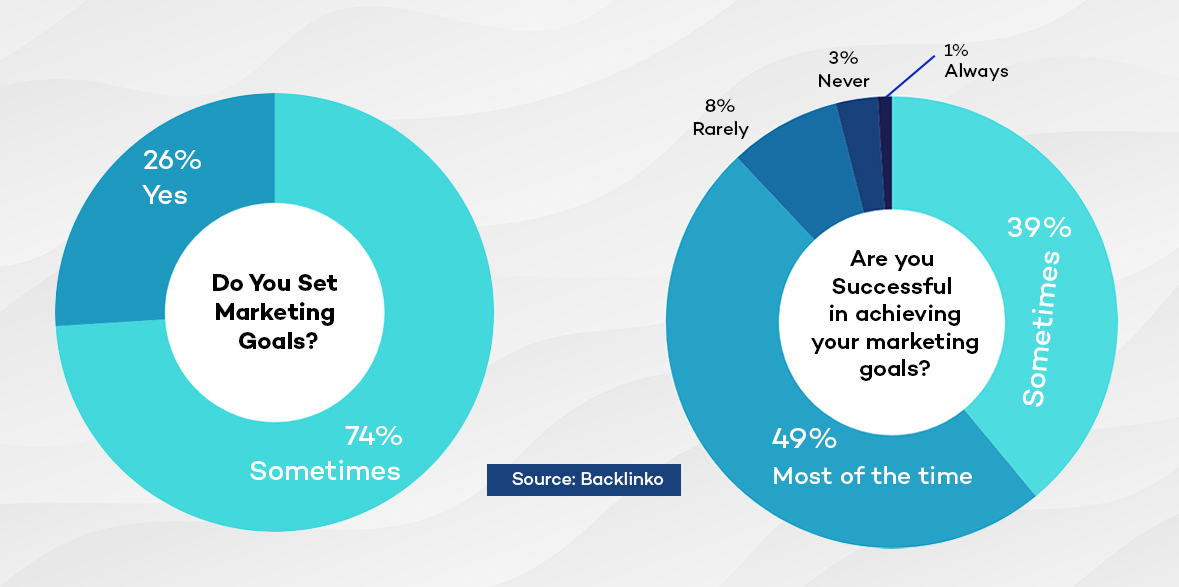
5. What are the Most Important Elements of a B2B Tech Stack?
Answer: A well-rounded B2B tech stack incorporates several key systems that work together to enhance operational efficiency and customer satisfaction. Here's a closer look at the crucial components:
1. Product Information Management (PIM) systems centralise and manage product data across all sales channels. This ensures consistency and accuracy in product details, such as descriptions, pricing, and availability. Implementing a PIM system helps maintain up-to-date product information, which is essential for delivering a seamless customer experience. For effective installation, integrate the PIM with your retail commerce platform and other sales channels to ensure that product data is synchronised and consistently updated.
2. Order Management Systems (OMS) streamline the entire order process, from capture through to fulfilment. They manage inventory, track orders, and handle returns efficiently. An OMS improves order accuracy and speed, providing real-time updates and reducing errors. Installing an OMS involves integrating it with your CRM and ERP systems to ensure smooth data flow and order tracking across all touchpoints.
3. Content Management Systems (CMS) facilitate the creation, management, and optimisation of digital content. They are vital for content marketing, allowing you to publish and organise blogs, articles, and other resources. A CMS helps streamline content workflows and integrates with other marketing tools to enhance outreach. To set up a CMS, choose a platform that aligns with your content needs and integrates seamlessly with your existing tech stack for a cohesive content strategy.
4. Analytics and Reporting Tools offer insights into performance metrics, customer behaviour, and campaign effectiveness. They track key performance indicators (KPIs) and help in making data-driven decisions to refine your strategies. Implementing these tools involves integrating them with your CRM, PIM, and CMS systems to ensure comprehensive data collection and analysis.
| Spending on digital advertising is set to reach $645.8 billion by the end of 2024. |
6. What to Look for When Choosing an eCommerce Platform?
Answer: When choosing an eCommerce vendor for your B2B business, ask yourself the following questions to ensure the vendor provides the necessary functionalities to address common challenges:
- Does the vendor offer a streamlined process for generating quotes automatically, reducing time and errors, and allowing for quicker response times to customer inquiries? And does the system track quotes through various stages and include an organised approval workflow to maintain control and transparency?
- Can the platform support complex pricing models that adjust based on customer agreements, order volumes, and negotiated terms to provide accurate and competitive pricing?
- Does the platform efficiently manage detailed and technical product specifications along with multiple variations across different sales channels, ensuring consistency and accuracy?
- Can customers quickly find specific products from large inventories using advanced search and filtering options based on product attributes, improving the shopping experience?
- Does the ecommerce vendor offer various fulfilment options to cater to diverse customer needs, including drop shipping, warehouse pickups, and expedited shipping?
- Is the product catalogue easily updatable and adaptable to changes, such as new product additions or updates, ensuring customers always have access to the latest product information and offerings?
- Does the system ensure secure access to the platform by implementing role-based permissions, allowing different departments or users to manage their responsibilities effectively while maintaining data security?
- Does the vendor provide tools that facilitate budget management across various departments, allowing for controlled and monitored spending to ensure financial resources are allocated efficiently?
Conclusion
Navigating B2B eCommerce is all about having a solid digital strategy. Optimise your platform, use data analytics, and integrate AI and automation to boost efficiency and engagement. Implementing strong omnichannel strategies and focusing on content marketing is key to staying relevant.
By understanding your tech stack and keeping up with B2B trends, you'll streamline operations, enhance customer experiences, and drive sales. As the eCommerce landscape evolves, being proactive and adaptable is crucial. Use these insights to drive your digital transformation and set the stage for ongoing success.



































































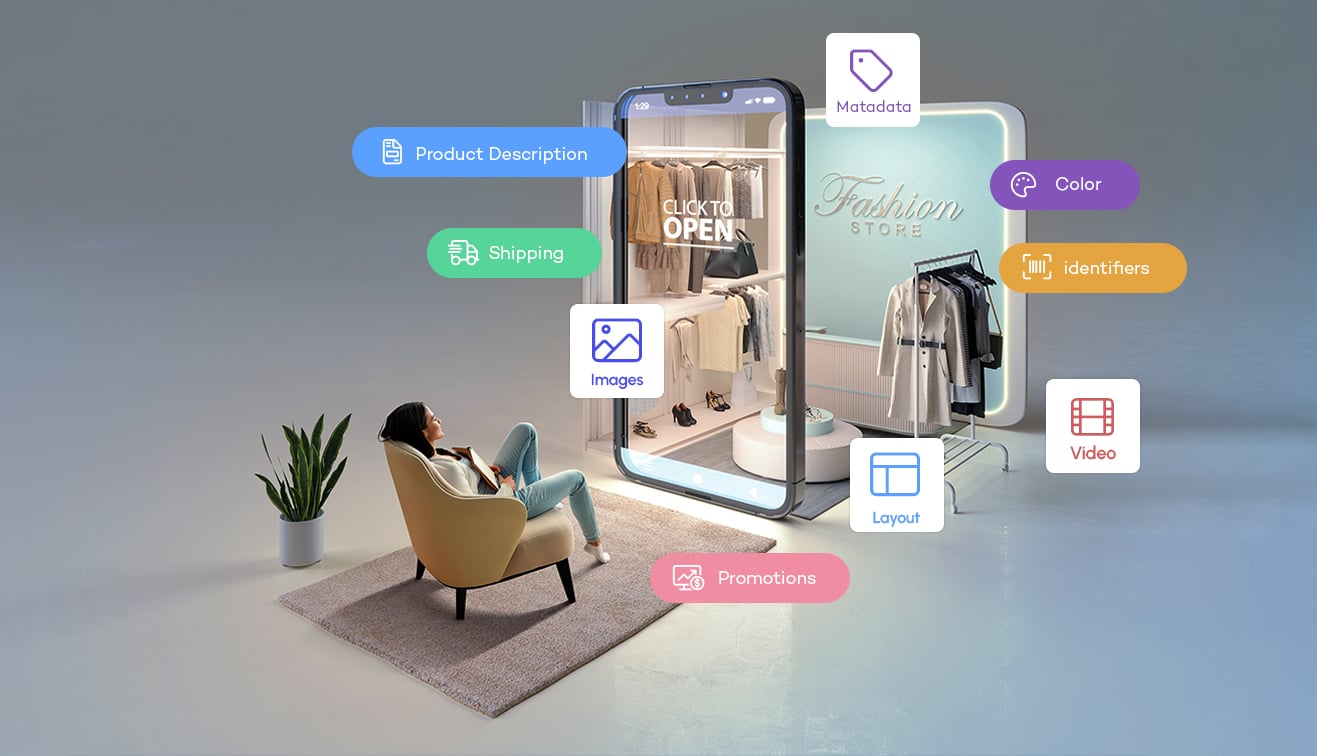



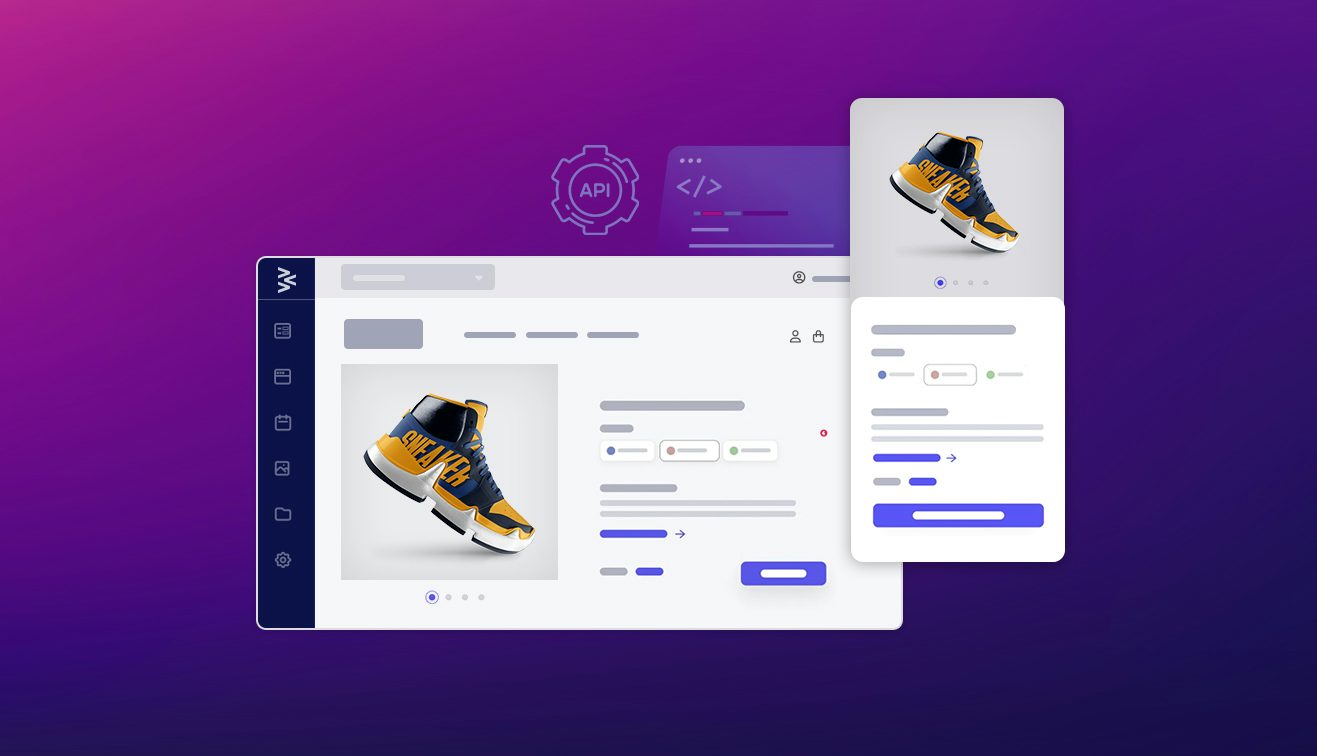

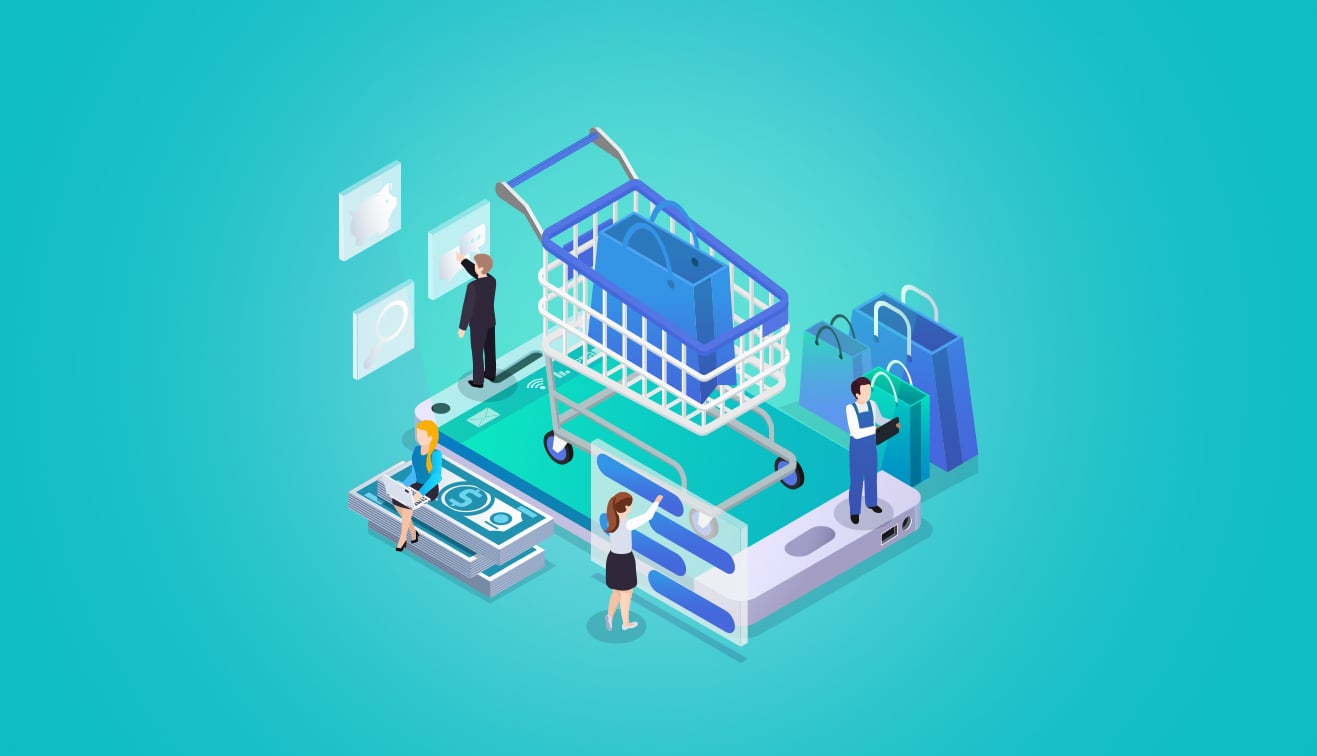

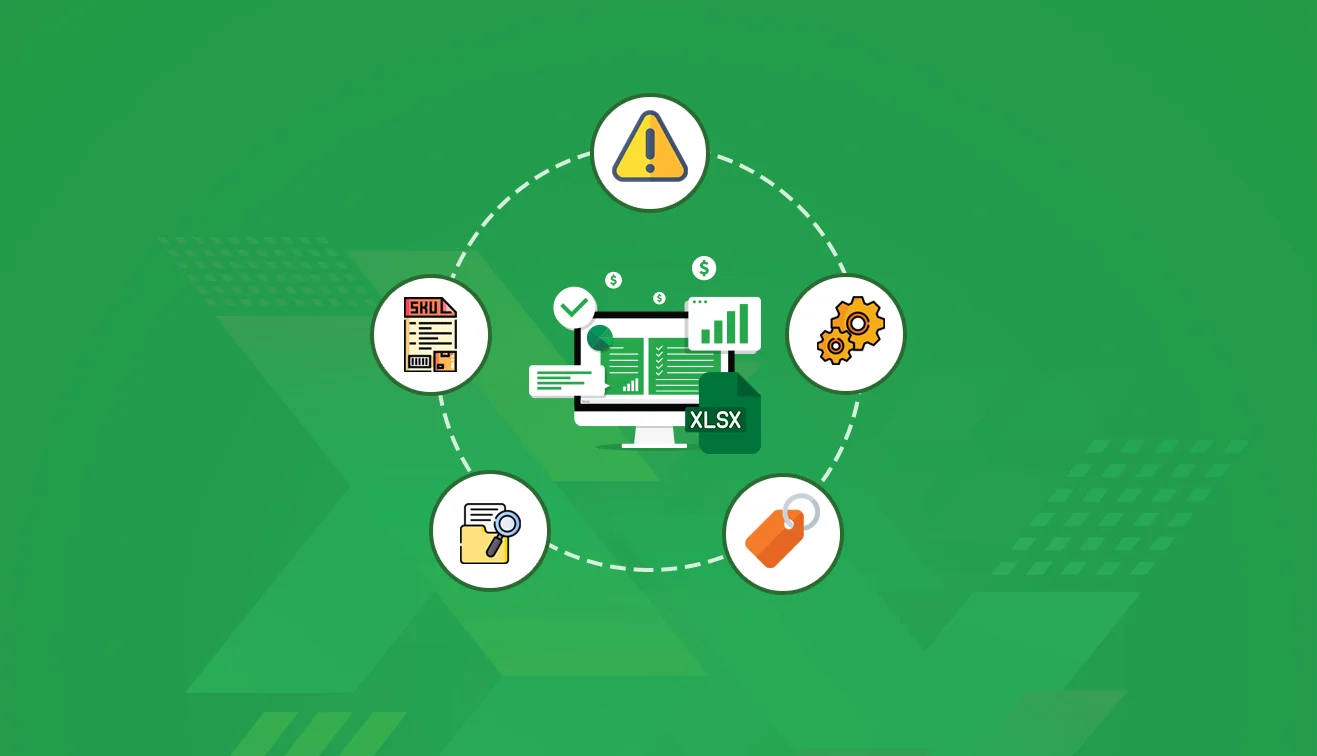

.jpg?w=3840&q=75)


.png?w=3840&q=75)


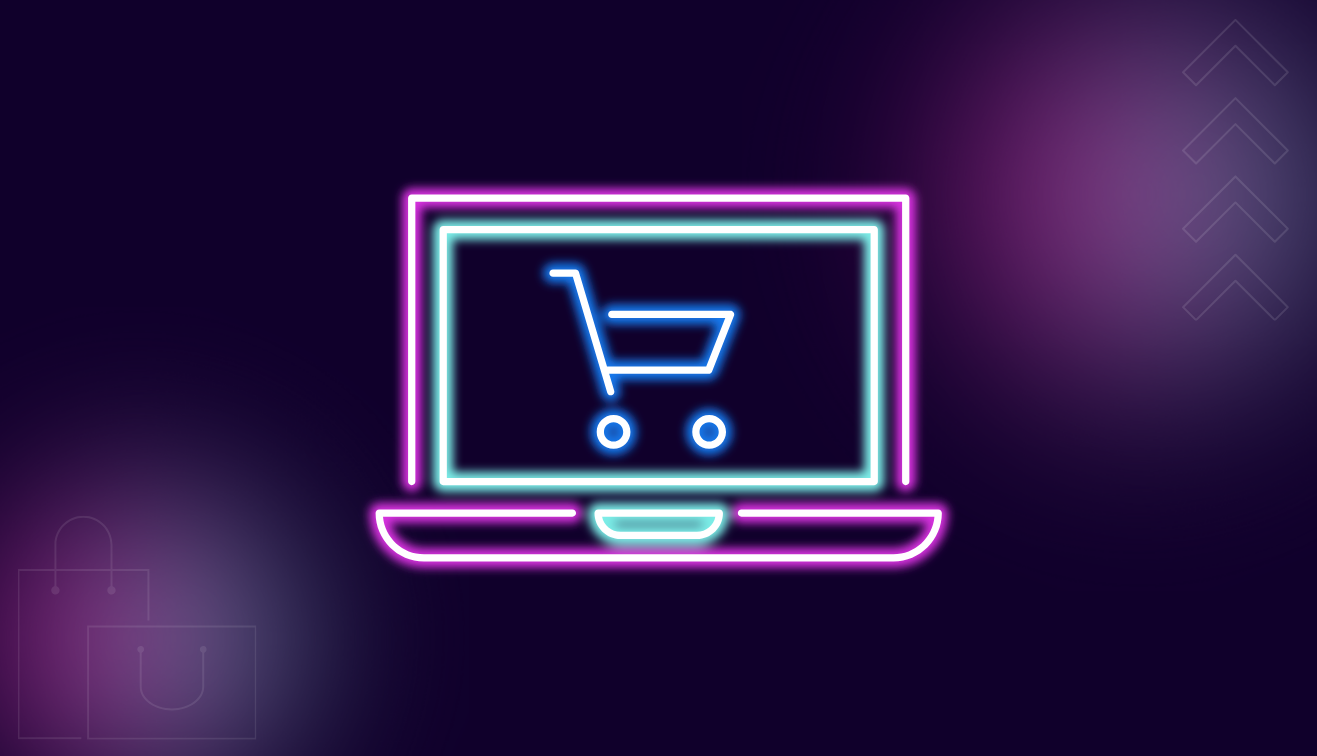





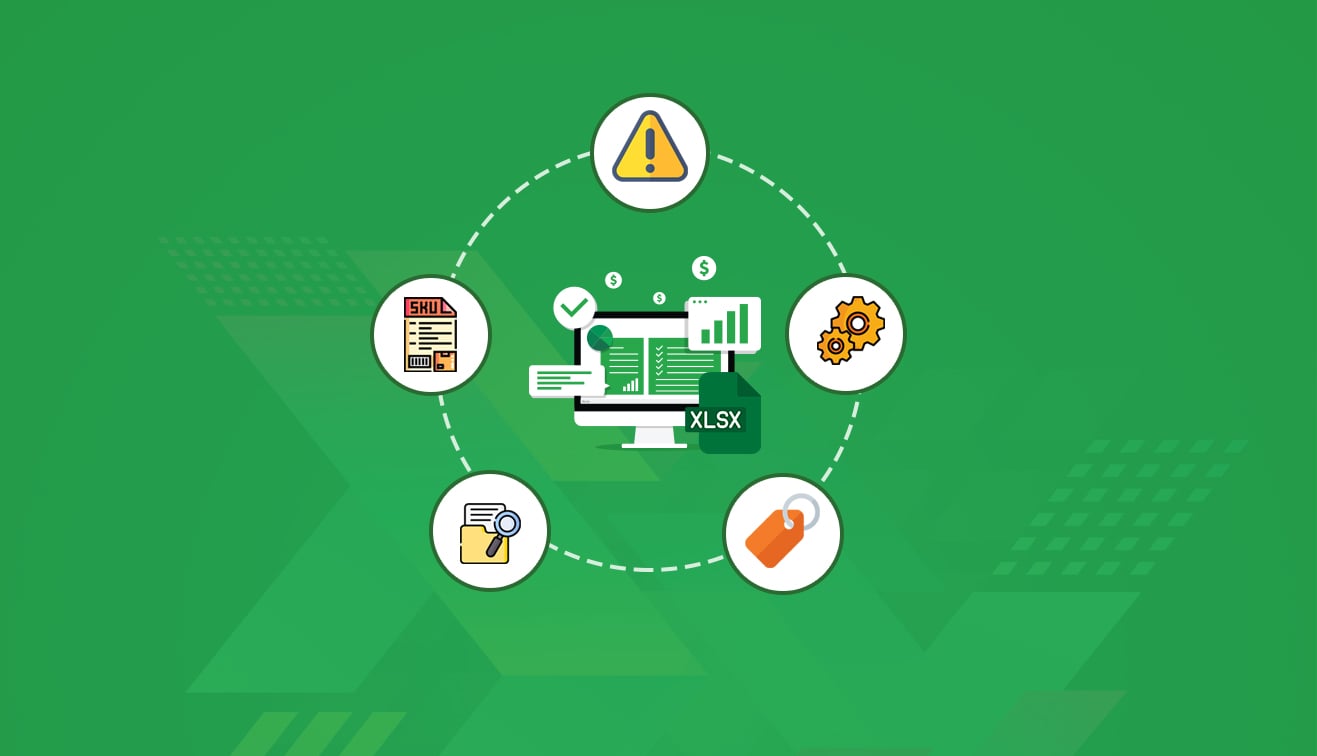


.jpg?w=3840&q=75)

